With a diameter of 120,000 kilometres and a bright reflective surface, Saturn is an unmissable object in the night sky right now. But at 1.3 billion kilometres away from us, it looks only a hundreth the size of the full moon. Which means the screen width of my Saturn video below represents one third of a lunar diameter across (for best view, click to full screen):
[jwplayer mediaid=”9786″]
I recorded the movie through my old but capable 1978-vintage 6″ Fullerscopes reflector – specially resurrected for Easter after 30 years in storage. (See my efforts with the moon and the smaller ETX-90 telescope in Armchair Astronomy.)
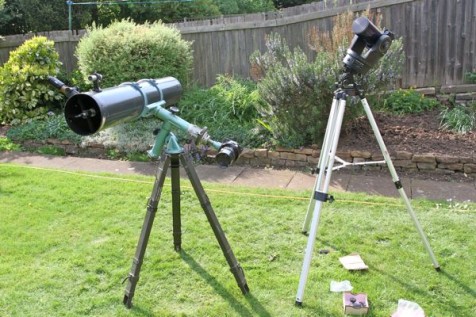
Getting the telescope up and running really required nothing more than (literally) brushing away some cobwebs and giving the mirrors a wash – something I’d be more hesitant of doing had I not just read a step-by-step ‘how to’ in Sky at Night magazine.
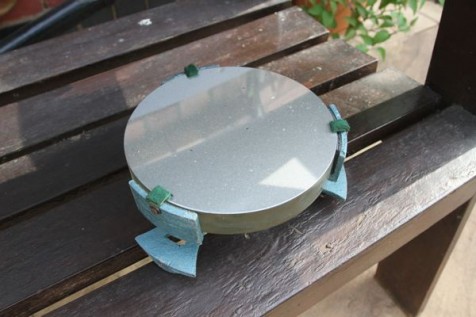
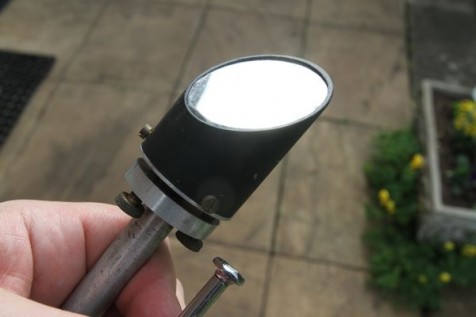
Although thick with dust and grime, I’d reason to believe the mirrors’ coatings beneath were o.k., as I remember having them vacuum re-aluminised and silica coated just before I abandoned the instrument and disappeared off to university. Some gentle soaking, swabbing, and rinsing down with distilled water, and all was shiny once again.

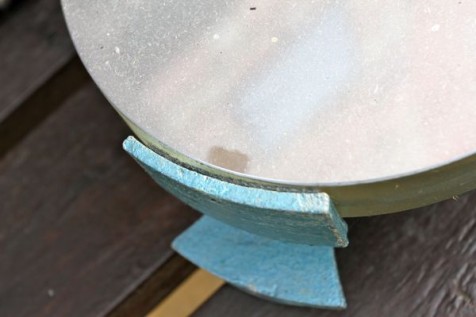
Fullerscopes’ german equatorial mountings were all built like tanks – this ‘Mark II’, rated to carry a 10″ reflector, is still in good order save for some rust on the exposed steel shafts.
The RA drive, that ordinarily would drive the telescope counter-rotational to the Earth’s axis, wasn’t operational for a variety of reasons; but the fine adjustment on the declination axis was working.
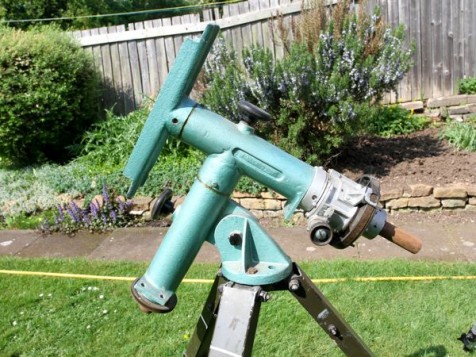
All of which goes to explain why on the clip Saturn appears to fly across the screen.
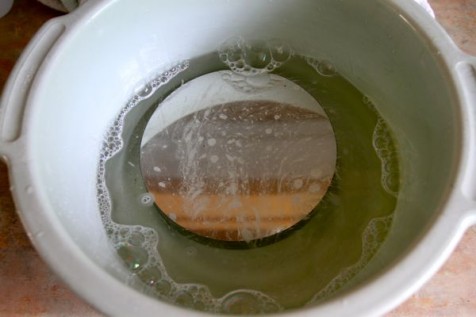
I’d forgotten how stunning to the eye Saturn is through this telescope. In better seeing conditions I’ve seen the gap in the rings – the Cassini Division – quite clearly. Now, Saturn’s moon Titan was unmistakable.
Filming what you see with your eye is a little more challenging, although the ‘live view’ on the Canon 7D makes life a lot easier. Rather than watch the live feed through a computer, on this occasion I used the camera’s LCD display directly to focus with the help of a magnifying glass. The clip was made by projecting the image onto the camera’s CCD sensor via a 12.5mm orthoscopic eyepiece; the main mirror’s focal length is about 1250mm. The scene could have stood higher magnification, but I was limited by the eyepiece focal length and size of the projection tube.
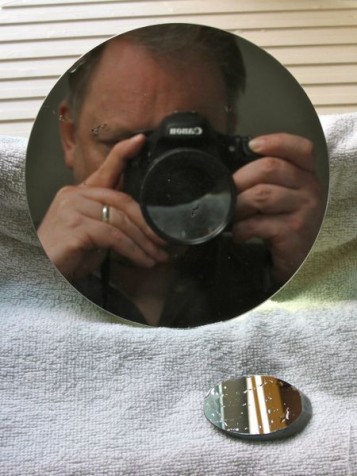
All in all, considering the state of the equipment at the start of the day, I’m happy with the end result. The gap between the disk of Saturn and the rings is clear enough; but no Cassini division – so still some work to do! All the same, a fun day messing around with telescopes and engineering – no better way to spend the Easter hols.
2. To be exact: the angular size of Saturn on 25/4/2011 was 19 seconds (“) of arc, approximately a third of a minute. There are 60 seconds in a minute, and the moon is typically 30 minutes across; so Saturn appears one ninetieth of the moons diameter.